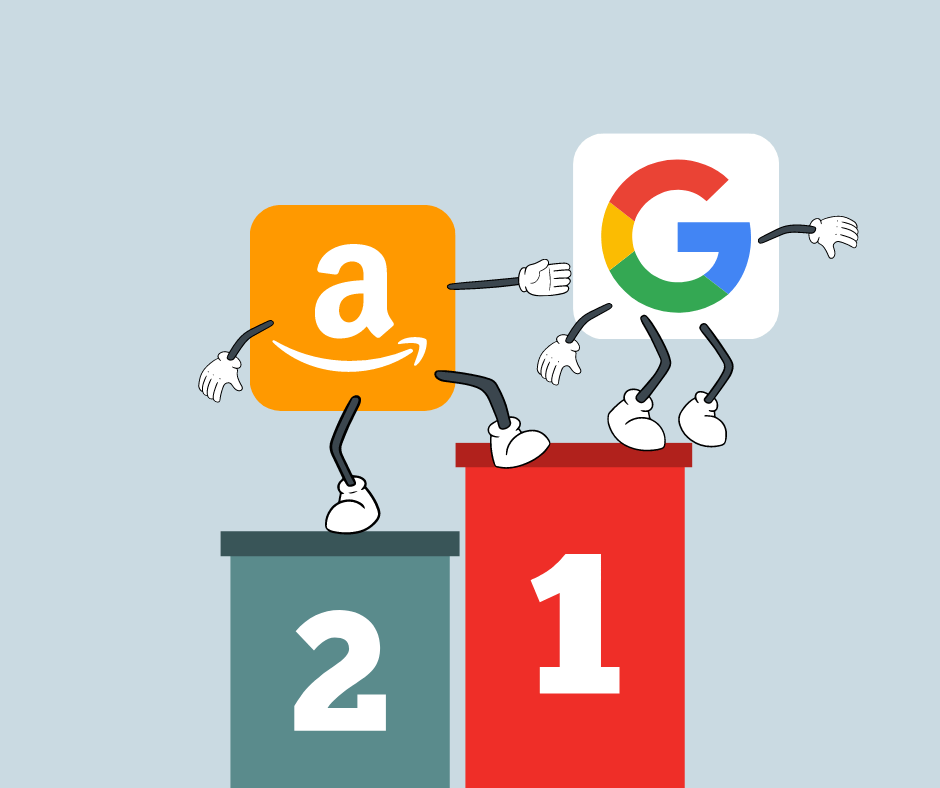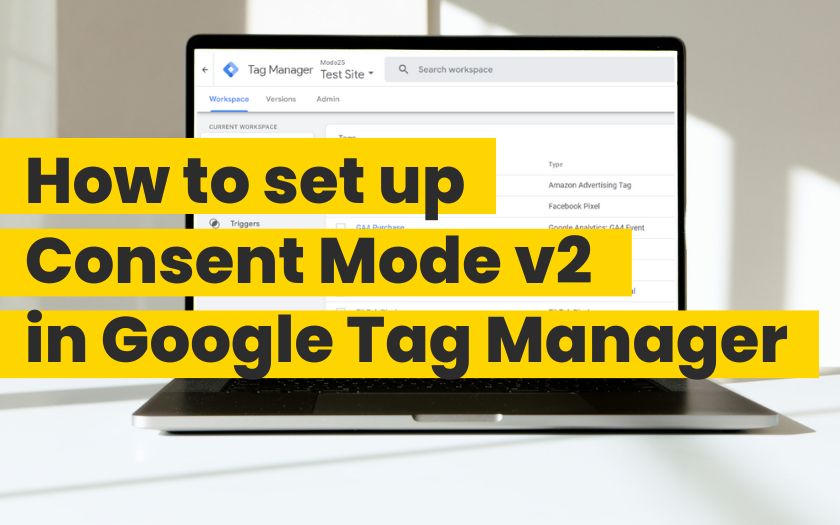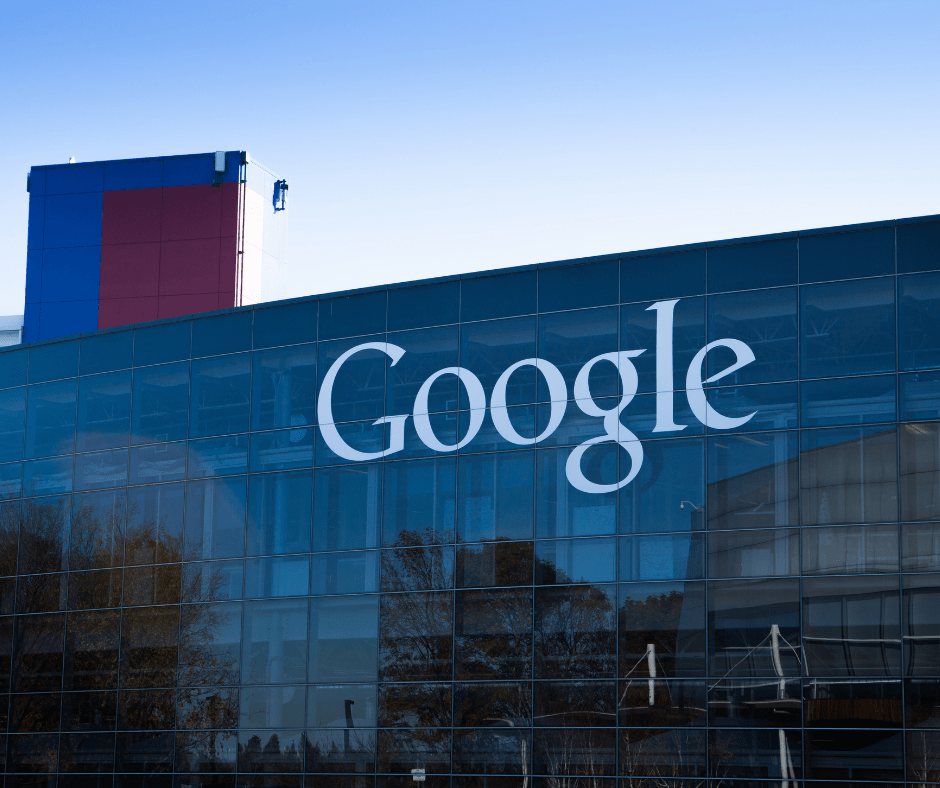We get it. You want your marketing to be as profitable as possible to boost business growth. The challenge? Struggling to know where to best spend your ad budget. What’s more, if you’re not spending your ad budget in the savviest way, you could be losing out on missed opportunities. If Amazon and Google advertising is relatively new to you, this article shares some helpful considerations as you work out how to balance spending on Google vs Amazon. Understand how bidding on each platform works with our practical walk-through and pick up a few new pointers on how to decide where your ad budget is best spent.
The ongoing battle between Google and Amazon ad spend
Previously, Amazon was used for shopping and Google was used for search queries. Although this is still very much the case, users are increasingly switching to Amazon when searching for and comparing products as opposed to relying on Google. A recent study uncovered that 55% of product searches are now performed on Amazon as opposed to Google. This same study also confirmed that 66% of the participants agreed that amazon was their first port of call when searching for new products, not Google. As a result of this, many companies have increased their ad spending on Amazon.
Amazon has invested a substantial amount of money into Amazon advertising since 2018 and merged Amazon Marketing Services (AMS), Amazon Media Group (AMG), and Amazon Advertising Platform (AAP) into what we now know as Amazon Advertising. Google counteracted this by rebranding Google AdWords as Google Ads. Both Amazon and Google offer a similar range of advertising services such as display, video and search, however, Amazon’s advertising revenue increased by 120%, whereas Google only increased by 17%. But overall, even though Amazon is reporting more revenue growth than Google, both platforms have enormous, powerful reach regardless of whether big brands, such as Unilever, are moving from one platform to the other. It is important to invest time into understanding the offerings from Amazon and Google and make an educated decision on which platform is best suited to your intended audience.
How an ad auction works
Amazon Ads
Bidding on Amazon differs from bidding on Google. This is because Amazon uses a “second-price auction”. Allow us to explain. If you were to bid $2 on an ad and a user clicks on it, you may not necessarily end up paying that much. The price you pay per click will fall on the second-highest bid that was placed on the ad. This means that if the second-highest bid on the ad was only $1.50, that is how much you will end up paying. Now, this doesn’t mean that you can win every ad by bidding the highest. Amazon uses intelligent algorithms to assess which ad is most relevant to the search term, but that algorithm is complex and still remains to be understood.
Google Ads
Google ads on the other hand use a similar model, but with more visibility. Google assesses the quality of the ad and combines that with real-time data to establish how your ad will rank. The factors that Google take into consideration when determining ad rank include your bid value, estimated click-through rate, ad relevance and even the user’s device and location. The benefit of Google ads is that they will take ad rank into consideration when calculating cost per click. This does mean that if you have a good ad rank, you will pay less than the competition per click and stand a better chance of winning better ad placements.
What are the ranking factors for both Amazon and Google?
When you are bidding on Amazon or Google, they both use intelligent algorithms to assess the ad for a specific set of ranking factors. Let us help by including them below.
Amazon:
- Keywords
- Amazon will establish the relevance of your advert to audiences with keyword relevance. Using relevant keywords will get your ad in front of the right audiences.
- Product listings
- You must ensure that the landing page for the ad is relevant to the ad itself. For example, if you have an ad for a makeup product that leads to a product listing of hair care products, consumers will not be interested.
- Complete listing
- A large factor for the Amazon algorithm bot is the completion of the listing. You want to make sure that you provide as much information about the product as possible when listing your products for ads on Amazon.
Google Ads:
- Click-through rate
- One of the main ranking factors for Google Ads is your click-through rate. The lower your CTR is, the less relevant the advert seems to consumers and therefore will impact how often it is presented to consumers.
- Ad relevance to search intent
- Google Ads will not show adverts to users if the ad is not relevant to the users’ search intent. You can make your ad more relevant to users based on factors such as keywords and user location.
- User experience on the landing page
- One of Google’s main values sits with consumer experience. This means that you must ensure that the user experience on your product landing page is as positive as possible i.e. your landing page must offer what the advert promised.
A few big differences between Amazon Ads and Google Ads…
Product targeting and keyword targeting
Amazon uses products as the forefront target of the ads as opposed to Google which uses mainly keywords. This means that advertisers can use Amazon ads to target specific products or lists of products that can be filtered down by rating and reviews. Although Amazon and Google both use keywords, Google focuses on keyword placement for ad targeting and is more transparent than Amazon when it comes to defining close variants.
Automatic targeting
When it comes to automatic targeting, Amazon has undeniably powerful capabilities. Advertisers can use Amazon to do automated keyword research for them cutting out a lot of the footwork. Amazon uses technology to match ads with relevant products and keywords which advertisers can then view a list of search terms and products. This gives advertisers valuable data when it comes to creating their manual campaigns to help them understand where their ad is best placed.
Demographic targeting
Meanwhile, it might be argued that Google has the upper hand over Amazon when it comes to demographic targeting. Google has an enormous library of user data that advertisers have at their disposal for their campaigns. With Google Ads, you can optimise your ads to reach audiences based on their age, gender, location, relationship status and much more.
Cost
For most retail marketers, the goal of any ad campaign is to generate the highest return on investment as possible. A key difference to note here between Amazon and Google is that Google Ads does not require advertisers to set a minimum budget. Google allows advertisers to generate a bidding strategy that sits in line with your business goals and budget. However, as we touched on before, one of Google Ads’ ranking factors is bid value, and bidding too low could cost you your ad not reaching your audiences.
How BOSCO™ can improve budget decision-making
As you can see, the advertising space is complex with two platforms like Google and Amazon dominating the scene. While it is difficult to draw a conclusion about which platform is the better option for advertising, recent stats indicate that Amazon is rapidly growing, and many giant brands are making the switch from Google.
What’s right for you? BOSCO™ is a marketing intelligence platform with powerful AI capabilities designed to help you understand where best to spend your budget. Through its budget planning capabilities, you can designate your advertising budget to suit your business goals and campaigns in the best way possible.
If you’d like to make your ad planning simpler and make better decisions, drop us a line at team@askbosco.com.




